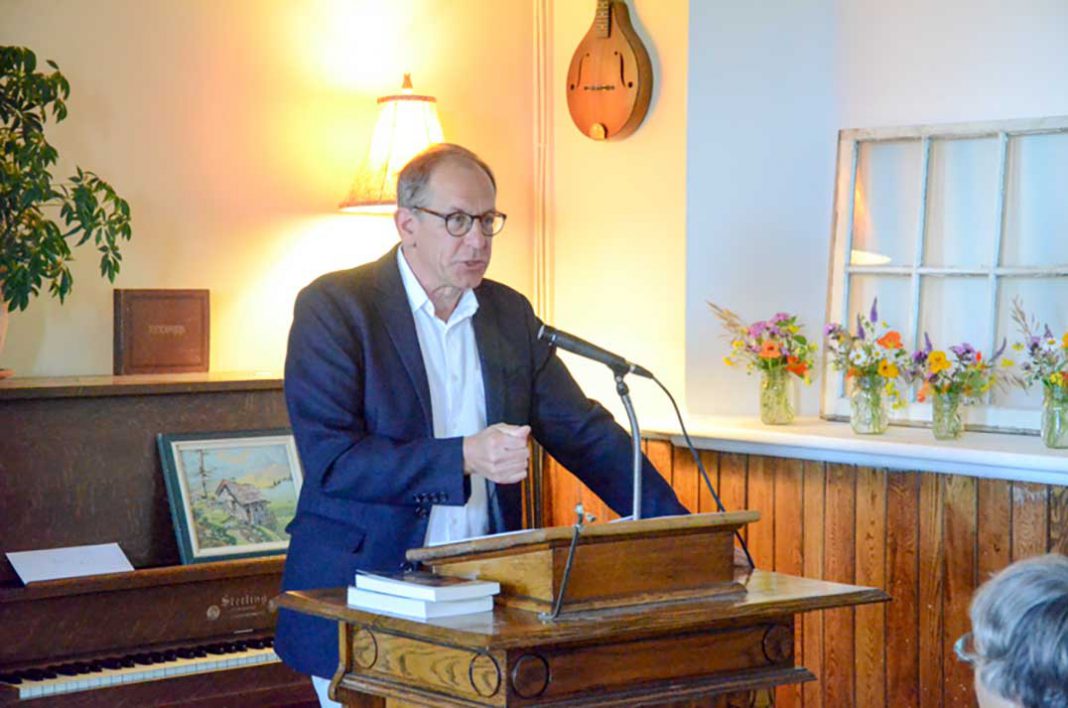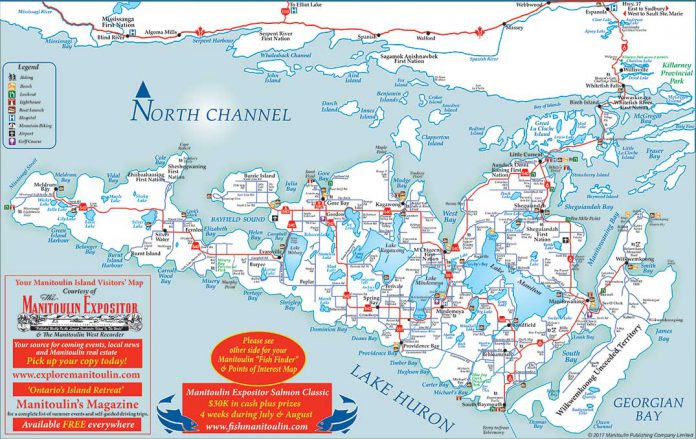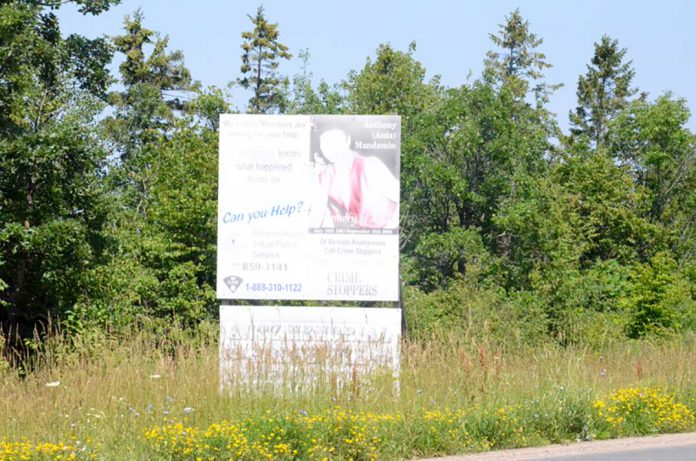KAGAWONG—How soon we forget. Even so-called political junkies (like most journalists) seem to have a short memory when it comes Canadian iconic figures. Lecturer, author and columnist Andrew Cohen brought the late Lester Bowles Pearson to life for a rapt audience in a packed house at Kagawong’s Main Street Café.
Mr. Cohen is the author of ‘Extraordinary Canadians: Lester B. Pearson’ which explores the life and times of a man who for a generation was literally the world’s best known Canadian—even before he became a political legend in Canadian politics and Canada’s 14th prime minister.
The evening began with Old Mill Heritage Centre museum curator Rick Nelson discussing some of the history of Mr. Pearson who served as Manitoulin’s Member of Parliament for 20 years, from 1948 to 1968. Mr. Nelson recalled that the late Senator Thomas Farquhar had relinquished his seat so that Mr. Pearson could run and he noted several members of Senator Farquhar’s family that were in the audience.
Mr. Nelson referenced a 1961 letter from Mr. Pearson to Senator Farquhar’s son in which Mr. Pearson wrote that he was sending the missive as he “just wanted you to know he is appreciated.” Sadly, Senator Farquhar passed away in 1962 and never got to see his friend become Canadian prime minister.
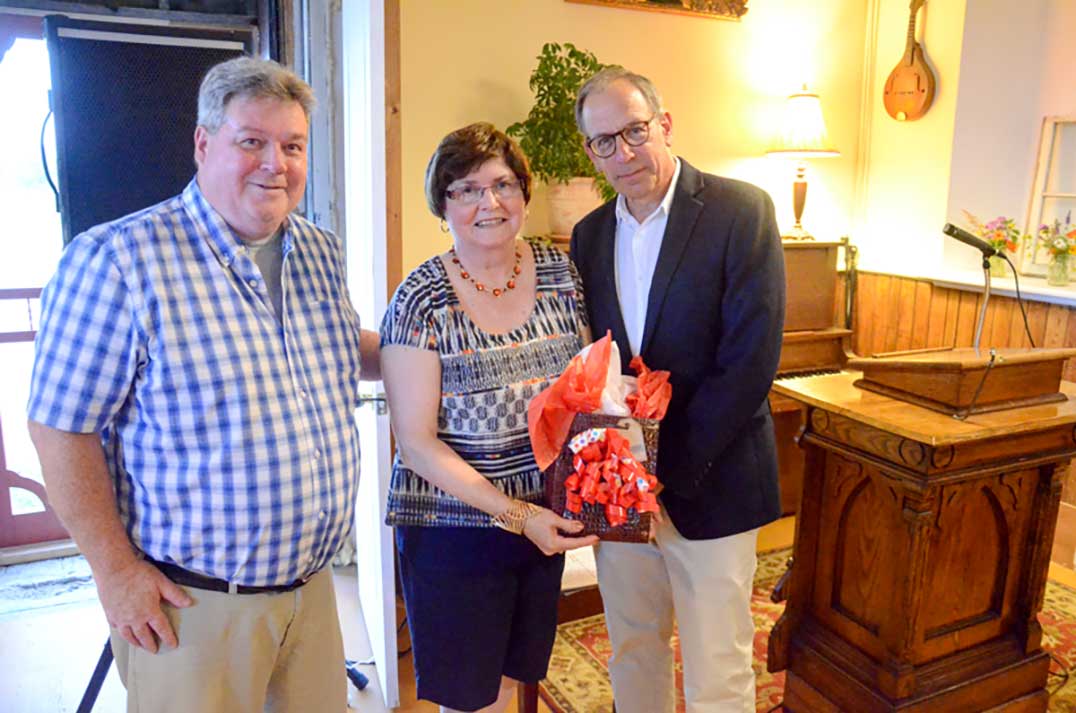
committee chair Dianne Fraser present gifts to author Andrew Cohen following his presentation on the life and times of Lester B. Pearson.
Mr. Cohen introduced himself as a teacher to whose students the name Lester B. Pearson “doesn’t mean a lot.” He said that he considered it his responsibility to impart that information to them.
The author began by describing Mr. Pearson’s early life as the son of a minister and growing up “in genteel poverty, if any poverty could be described as genteel.” In any event, there was always a big house with a large yard in which to play sports. Sports were one of the defining parts of the late prime minister’s life, and he was by all accounts a very accomplished athlete.
Mr. Pearson received his Nobel Peace Prize for unravelling the Gordian Knot of the Suez Crisis and he was the prime instigator of the United Nations peacekeeping force, but he was also a warrior who served in two fronts of the First World War. Mr. Cohen posited that it was Mr. Pearson’s experiences in the war, the losses he personally felt and the horror he witnessed, that framed a lifetime of diplomacy and a life that would see him lauded as a “prince of peace.”
It was during a short stint in the Royal Flying Corps that Mr. Pearson was first labelled with a nickname that would follow him for the rest of his life. Mr. Cohen explained that the flight commander of Mr. Pearson’s squadron thought the name Lester was somewhat sissified and that a pilot in his flight required a more martial moniker. So he began calling him Mike.
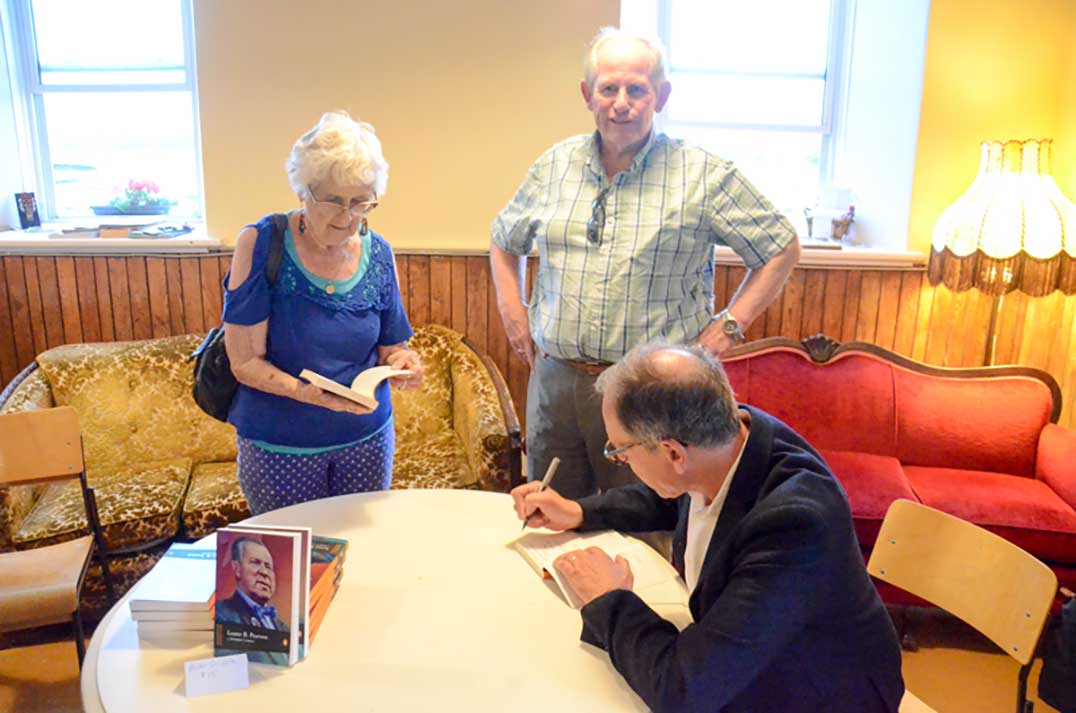
Despite being in a part of the armed forces whose member’s longevity was measured in weeks, if not hours, Mr. Pearson returned to Canada largely unscathed. “I had a very good war,” he is recalled as remarking. This might have been in part that his war injuries came not from the air, but from being hit by a bus in London.
“They were literally dropping out of the air,” said Mr. Cohen. “They were flying in was really just a glorified box kite.”
His other injuries were deeper, and his return to Canada was delayed by a bout of what we would term today as post traumatic stress disorder.
A good portion of his time in uniform was actually spent as a quartermaster of some form or other, an occupation that allowed him to employ his easy and gregarious manner.
Mr. Cohen went on to outline the incredible accomplishments of Mr. Pearson while he was in the foreign service, including, in part, being Canada’s representative to the UN precursor the League of Nations, several senior diplomatic posts, including ambassadorships before entering politics. He was among the first to warn the Canadian government (isolationist under the hand of then Prime Minister MacKenzie King) of the dangers of Hitler and Nazi Germany.
“I don’t want to overuse the hockey metaphor, but like Wayne Gretzky, he was always aware of where the puck was going,” noted Mr. Cohen. Instead of the relatively quiet and safe sinecure of ambassador to Brazil, he lobbied to be sent to where the action was going to be, England.
Despite his wartime service and the arguably hero status that conferred upon him, Mr. Cohen was adamant that Mr. Pearson “was not politically a war profiteer.”
The lecture followed Mr. Pearson’s career from a short unhappy stint in an American meat packing plant (that reminded him too much of his time in the First World War) to his time at Oxford University and the next 30 years in the foreign service that would define his legacy and make him the single most recognized Canadian in the world.
Mr. Cohen also took the audience through the many accomplishments of Mr. Pearson as a Canadian prime minister, albeit one that never enjoyed a majority government.
Following his presentation, Mr. Cohen took questions from the audience. The main question asked was why, given his immense roles on the global and Canadian stages, the Pearson office was removed from the Laurier Building three years ago. Mr. Cohen laid the “blame” squarely on former Foreign Minister John Baird, who he pointed out removed the name Pearson Building from his business cards. Mr. Baird, he noted, was a strong devotee of former Progressive Conservative Prime Minister John Diefenbaker. Mr. Pearson and Mr. Diefenbaker were not collegial in their political lives (Mrs. Pearson referred to the Tory adversary as “that bad man.”)
Mr. Cohen signed copies of his book following the presentation and commended Mr. Nelson and the Billings museum committee for their efforts in bringing the Lester B. Pearson office out from storage and back into the public eye.
The Pearson Exhibit can be viewed at the Old Mill Heritage Centre in Kagawong from 9 am to 4:30 pm until October 7. Hours may change in September.
“Mark O’Neill, the CEO of the Canadian Museum of History and the Canadian War Museum in Ottawa, is flying up to Manitoulin Island to visit the museum,” said Mr. Nelson. “This is a VIP of the highest order and we will be putting on a reception for him at the museum Wednesday (July 26).”
The historical lecture series, of which Mr. Cohen’s presentation was a part, began with a July 12 panel discussion that included TVO’s Steve Paikin and Billings’ Mayor Austin Hunt, moderated by Algoma-Manitoulin MPP Mike Mantha.
The final editions of the Kagawong Historical Lecture series will take place on Thursday, August 10, with matinee and evening lectures by Lester B. Pearson’s granddaughter Patricia Pearson.
Donations to the Pearson Exhibit can be made by calling the museum at 705-282-1442 or online at www.gofundme.com/lester-b-pearson-and-canadian-flag.

